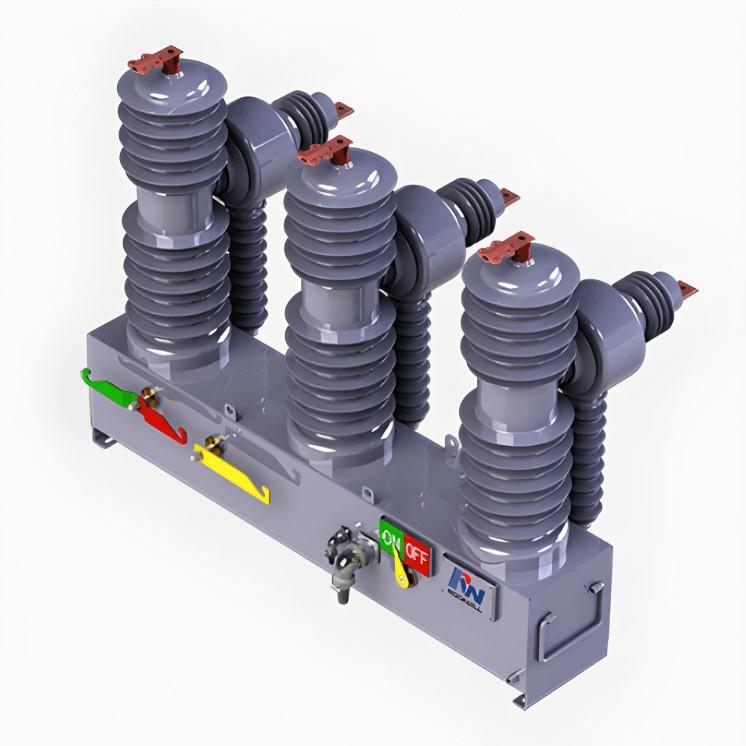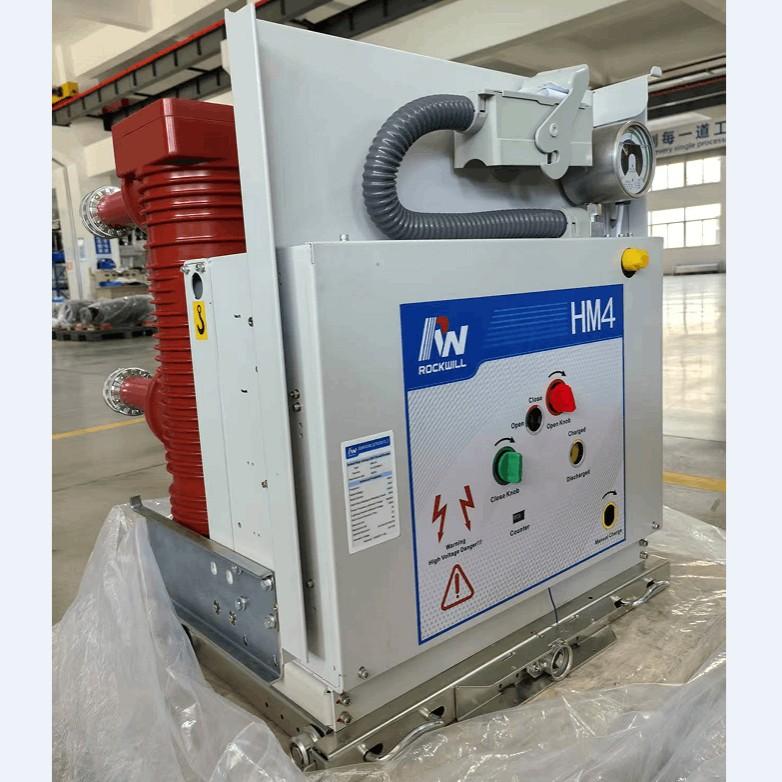- Product
- Suppliers
- Manufacturers
- Solutions
- Free tools
- Knowledges
- Experts
- Communities
Search
-
ಉಚಿತ ಸಾಧನಗಳು
-
IEE Business ನ್ಯಾಯವನ್ತ ಸೌಕರ್ಯಗಳನ್ನು ವಿದ್ಯುತ್ ಅಭಿಯಾಂತಿಕ ರಚನೆ ಮತ್ತು ಶಕ್ತಿ ಕ್ರಯ ಬಜೆಟ್ ಗೆ ಒಪ್ಪಂದದ ಸಾಧನಗಳನ್ನು ನೀಡುತ್ತದೆ: ನಿಮ್ಮ ಪಾರಮೆಟರ್ಗಳನ್ನು ನಮೂದಿಸಿ ಲೆಕ್ಕ ಹೇಳಿ ಎಂದು ಕ್ಲಿಕ್ ಮಾಡಿ ತ್ವರಿತವಾಗಿ ಟ್ರಾನ್ಸ್ಫಾರ್ಮರ್ಗಳು ವೈರಿಂಗ್ ಮೋಟರ್ಗಳು ಶಕ್ತಿ ಸಾಮಗ್ರಿಗಳ ಖರ್ಚು ಮತ್ತು ಹೆಚ್ಚು ಫಲಿತಾಂಶಗಳನ್ನು ಪಡೆಯಿರಿ — ದುನಿಯದ ಅಭಿಯಾಂತರ ವಿಶ್ವಾಸ ಕೊಡುತ್ತಾರೆ
-
-
ಸಹಾಯ ಮತ್ತು ಪ್ರಾಯೋಗಿಕತা
-
IEE-Business ಅನ್ವಯಿಸುವ ಪ್ರಮುಖ ಪರಿಹರಣೆಗಳನ್ನು ವ್ಯವಹಾರಗಳನ್ನು ಮತ್ತು ವಿದ್ವಾನರನ್ನು ಬೆಂಬಲಿಸುತ್ತದೆ ಹಾಗು ಅನವರಣ ಮತ್ತು ಮೌಲ್ಯವನ್ನು ಸಂಪರ್ಕಿಸುವ ಪ್ಲಾಟ್formikarnuಅತ್ಯುತ್ತಮ ತಾಂತ್ರಿಕ ಜ್ಞಾನತಂತ್ರಜ್ಞಾನ ಭಾಗಿಸಿ ಪ್ರದರ್ಶಿಸಿ ಸ್ಪಂದಕರಿಂದ ಹಣ ಪಡೆಯಿರಿನೆರವೇರಿದ ವ್ಯವಹಾರ ಪರಿಹಾರಗಳುಸ್ಪಂದಕರಿಂದ ಆದಾಯ ಪಡೆಯಲು ವ್ಯವಹಾರ ಪರಿಹಾರಗಳನ್ನು ಸೇರಿ ಸೃಷ್ಟಿಸಿಪ್ರತಿಭಾಶಾಲಿ ವೈಯಕ್ತಿಕ ವಿದ್ವಾನರುಪ್ರಾಷ್ಟ್ರೀಯರಿಗೆ ನಿಮ್ಮ ಪ್ರತಿಭೆಯನ್ನು ತೋರಿಸಿ ಭವಿಷ್ಯವನ್ನು ಗಳಿಸಿ
-
-
ಸಮುದಾಯ
-
ನಿಮ್ಮ ವೃತ್ತಿಪರ ಸಮುದಾಯವನ್ನು ನಿರ್ಮಾಣ ಮಾಡಿಉದ್ಯಮದ ಸಹೋದರರು, ಸಂಭಾವ್ಯ ಪಾಲುದಾರರು ಮತ್ತು ನಿರ್ಧಾರ ತೆಗೆದುಕೊನ್ನವರನ್ನು ಕಂಡುಹಿಡಿದು ನಿಮ್ಮ ವ್ಯಾಪಾರವನ್ನು ಬೆಳೆಸಿ.ನಿಮ್ಮ ವೈಯಕ್ತಿಕ ನೆಟ್ವರ್ಕ್ ಅನ್ನು ವಿಸ್ತರಿಸಿಉದ್ಯಮದ ಸಹೋದ್ಯೋಗಿಗಳು, ಸಂಭಾವ್ಯ ಪಾಲುದಾರರು ಮತ್ತು ನಿರ್ಧಾರ ತೆಗೆದುಕೊಳ್ಳುವವರೊಂದಿಗೆ ಸಂಪರ್ಕ ಹೊಂದುವುದರ ಮೂಲಕ ನಿಮ್ಮ ಬೆಳವಣಿಗೆಯನ್ನು ವೇಗಗೊಳಿಸಿ.ಇನ್ನಷ್ಟು ಸಂಸ್ಥೆಗಳನ್ನು ಕಂಡುಹಿಡಿಯಿರಿಗುರಿ ಕಂಪನಿಗಳು, ಸಹಯೋಗಿಗಳು ಮತ್ತು ಉದ್ಯಮ ನಾಯಕರನ್ನು ಅನ್ವೇಷಿಸಿ IEE-Business ಹೊಸ ವ್ಯಾಪಾರ ಅವಕಾಶಗಳನ್ನು ಅನ್ಲಾಕ್ ಮಾಡಲು.Join Diverse Communitiesವಿಷಯ-ಆಧಾರಿತ ಚರ್ಚೆಗಳಲ್ಲಿ, ಉದ್ಯಮ ವಿನಿಮಯಗಳಲ್ಲಿ ಮತ್ತು ಸಂಪನ್ಮೂಲ ಹಂಚಿಕೊಳ್ಳುವಿಕೆಯಲ್ಲಿ IEE-Business ತೊಡಗಿಸಿಕೊಳ್ಳುವ ಮೂಲಕ ನಿಮ್ಮ ಪ್ರಭಾವವನ್ನು ಹೆಚ್ಚಿಸಿ.
-
-
ನಮ್ಮ ಪಾರ್ಟ್ನರ್ ಆಗಿರಿ
ಸಹಕരಿ
-
-
IEE Business ಸಹಾಯಕ ಪ್ರೋಗ್ರಾಮ್ನಲ್ಲಿ ಸೇರಿರಿವ್ಯವಹಾರ ವಿಶ್ವವ್ಯಾಪೀ ವಿಸ್ತರಕ್ಕೆ ಶಕ್ತಿ ನೀಡುವುದು — ತಂತ್ರಜ್ಞಾನ ಸಾಮಗ್ರಿಯಿಂದ
-
-
-
ಕನ್ನಡ
-
- English
- Afrikaans
- العربية
- Azərbaycan dili
- български
- বাংলা
- Català
- Cebuano
- čeština
- Dansk
- Deutsch
- Ελληνικά
- Esperanto
- Español
- Eesti keel
- Euskara
- دری
- فارسی
- suomi
- Filipino
- français
- Gaeilge
- Galego
- Hausa
- עברית
- हिन्दी
- Hrvatski
- magyar nyelv
- հայերեն
- Bahasa Indonesia
- Íslenska
- Italiano
- 日本語
- ქართული
- Қазақ тілі
- ಕನ್ನಡ
- 한국어
- Kurdî
- Latina
- Latviešu valoda
- македонски јазик
- Bahasa Melayu
- Malti
- नेपाली
- Nederlands
- Norsk
- ਪੰਜਾਬੀ
- polski
- پښتو
- Português
- Русский язык
- සිංහල
- Slovenščina
- српски језик
- Svenska
- Kiswahili
- தமிழ்
- తెలుగు
- ไทย
- Tagalog
- Türkçe
- українська мова
- اردو
- Oʻzbek tili
- Tiếng Việt
-
ಪ್ರತಿಭಾಶಾಲಿ ವೈಯಕ್ತಿಕ ವಿದ್ವಾನರು
-
ಕನ್ನಡ
-
- English
- Afrikaans
- العربية
- Azərbaycan dili
- български
- বাংলা
- Català
- Cebuano
- čeština
- Dansk
- Deutsch
- Ελληνικά
- Esperanto
- Español
- Eesti keel
- Euskara
- دری
- فارسی
- suomi
- Filipino
- français
- Gaeilge
- Galego
- Hausa
- עברית
- हिन्दी
- Hrvatski
- magyar nyelv
- հայերեն
- Bahasa Indonesia
- Íslenska
- Italiano
- 日本語
- ქართული
- Қазақ тілі
- ಕನ್ನಡ
- 한국어
- Kurdî
- Latina
- Latviešu valoda
- македонски јазик
- Bahasa Melayu
- Malti
- नेपाली
- Nederlands
- Norsk
- ਪੰਜਾਬੀ
- polski
- پښتو
- Português
- Русский язык
- සිංහල
- Slovenščina
- српски језик
- Svenska
- Kiswahili
- தமிழ்
- తెలుగు
- ไทย
- Tagalog
- Türkçe
- українська мова
- اردو
- Oʻzbek tili
- Tiếng Việt
-
ಪ್ರತಿಭಾಶಾಲಿ ವೈಯಕ್ತಿಕ ವಿದ್ವಾನರು






















